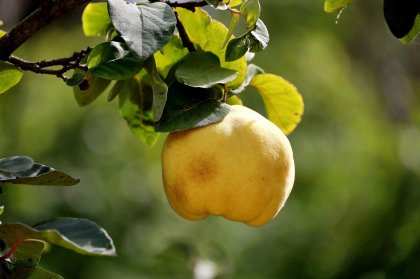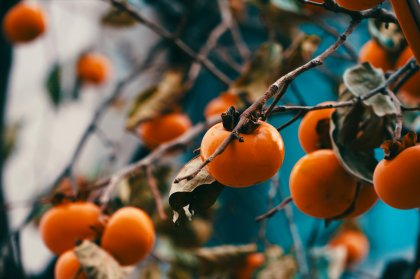As summer heats up, so does Ibiza’s love affair with the apricot. Known as ‘albaricoques’ in Spanish, these juicy treasures start appearing in late May, peaking in June and July, just in time for the island’s sun-drenched zenith.
Originally from Armenia (hence their scientific name, Prunus armeniaca), apricots have thrived in the Mediterranean for centuries. Ibiza’s dry, warm climate and limestone-rich soil give them an extra sweetness, making the local varieties particularly irresistible.
Spot them growing in sheltered orchards or on sale at local farmers’ markets or on roadside supermarkets.
Packed with nutrition, apricots contain beta-carotene (for that glowing skin!), fibre, and immune-boosting vitamins A and C. Their short season makes them all the more precious, so it’s best to enjoy them fresh while you can or explore ways to use them in the kitchen.
How to enjoy them:
Fresh: The best ones feel weighty in your palm, with skins that yield gently to pressure – a sure sign of sweet, fragrant flesh inside. Eat as-is or halve and pit for salads.
Ibiza-style: Look for albaricoque jams at village markets, or try them dried with local almonds for a delicious snack when hiking or cycling.
Creative: Grill halved apricots and drizzle with honey for a quick dessert, or blend into a sofrito (the basis of many classic Spanish dishes, made using olive oil, onions, garlic , tomatoes, peppers and herbs)
Apricots embody Ibiza’s summer soul – a fleeting, sun-kissed delight that pairs perfectly with lazy beach days and al fresco dinners. Whether you snack on them poolside, savour them in an ensaimada pastry, or sip them as part of a frígola-infused cocktail, they’re a seasonal must.
Ibiza Spotlight Tips:
- Skip the green ones: Underripe apricots are tart and lack flavour. Wait for that golden blush!
- Storage: Keep unripe fruits at room temperature; once soft, refrigerate for 2–3 days.
- Keep your eyes peeled for the rare rosado varieties as the season progresses—their blushing pink skin hides an even sweeter, more complex flavour.
Image | Pixabay








